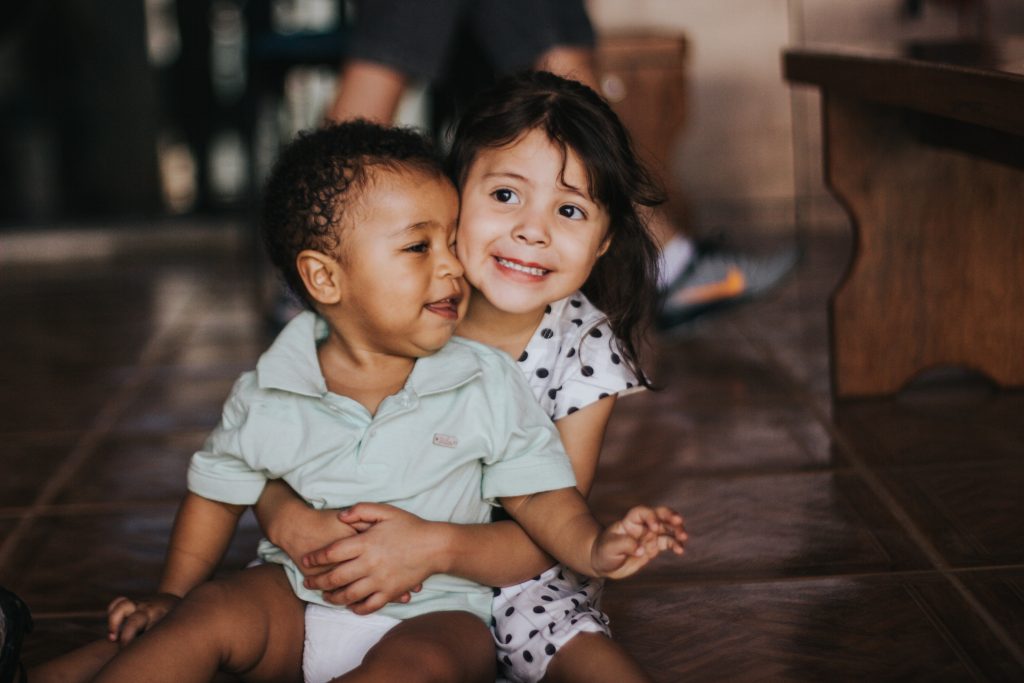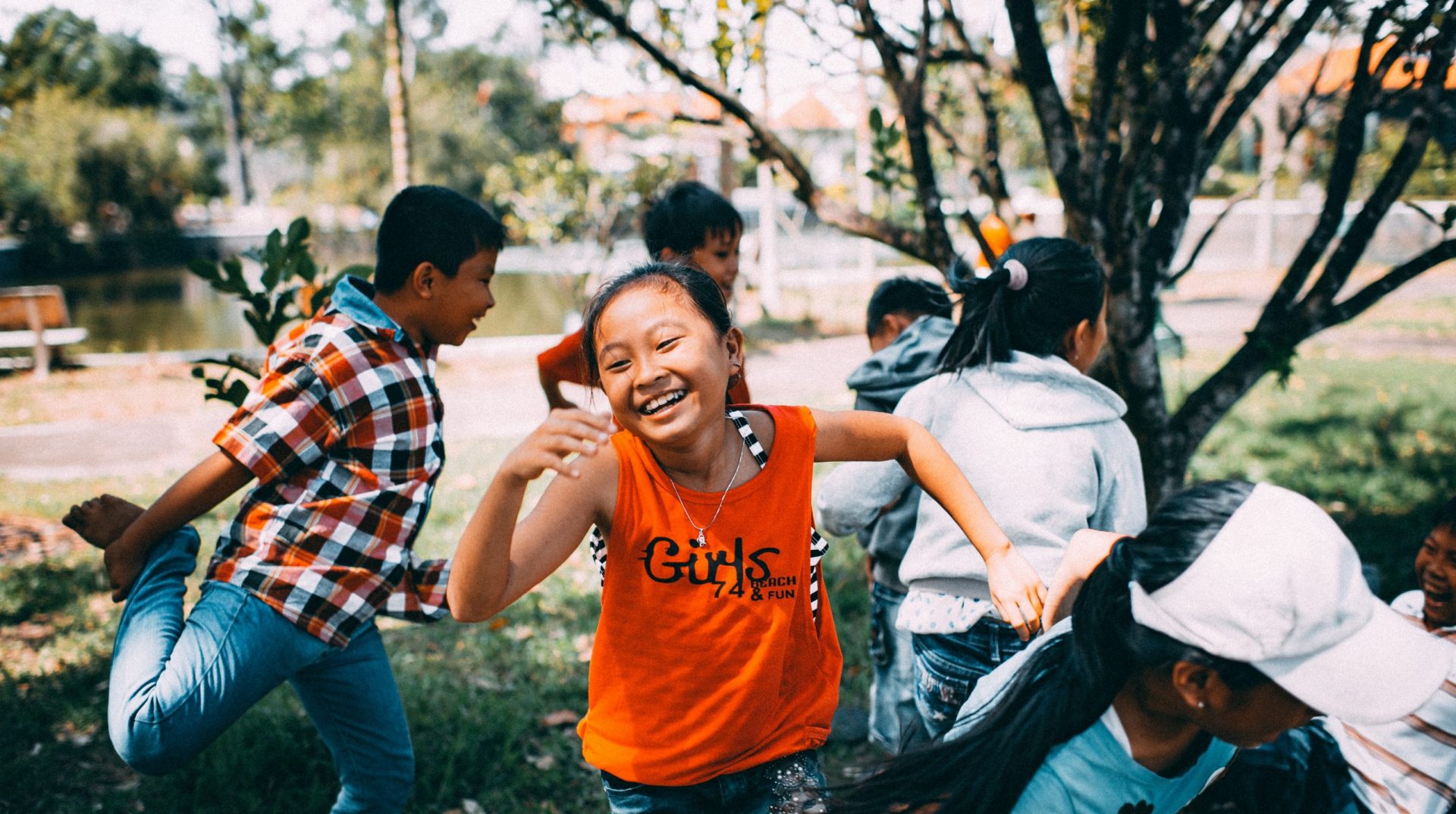OUR MISSION
Designing thier Dream.
Creating Our Vision.
changing the
future together
My Child Trust is Created to build a self sustained cadet school for orphans and homeless children where they will be safe and secure.
thinking outside
the box is our motto
My Child Trust will challenge this children to improve and do better. they will be taught that they can achieve anything if the want it.
any misconception they have about barriers because they are an orphan will be eradicated from their minds as they are equal to any other children.

OUR VISION
To continue to develop the trust and create in every district in Bangladesh and go global in other countries and to set a goal for other corporate clients to invest and take this concept further.
The History of Orphanages
There have been children’s homes, or orphanages, since the Middle Ages (A.D. 500-1500), when cities, towns, or church organizations provided for homeless children. The first orphanage in North America was opened by Roman Catholic nuns in 1729 after Indians massacred all the adult settlers in Natchez, Mississippi.
By the 1830s, the United States had 23 orphanages. Twenty years later, in 1850, New York state alone had 27 orphanages. Conditions in these orphanages were not very good, compared to today’s standards. Philadelphia’s House of Refuge orphanage packed 100 orphans into four dormitories. In New York City’s House of Refuge, huge bathtubs held 20 boys at one time. Such institutions kept kids in line by treating them as little soldiers. They drilled the orphans, put them on parade, and had them march to meals.
In 1916, in response to a child-abuse scandal, a New York state government commission investigated orphanages. The commission found “little children, with their hair cropped [cut very short] . . . sitting at wooden benches and eating out of tin plates . . . some without anything to eat at all.”
The commission found some children “doing drudgery, working eight or more hours a day, with only one hour of schooling, and that at night.”
Between the 1890s and 1930s, many orphans were put on “orphan trains” and shipped out west to be adopted by farming families for farm labour.
By the 1930s, administrators had begun turning large orphanages into smaller and friendlier group homes, presided over by “cottage parents.” Governments also developed alternatives to orphanages such as foster care, and “widow’s pensions,” which was money given to mothers to help their children at home. This was the beginning of welfare.
By the 1970s, most orphanages were out of business, replaced by foster care and other alternatives.
Exploited Children around the world
Trafficked Children for labor & Sex
0
M
Children who are trafficked for labor purposes might be removed from their families and forced to perform domestic household services, or work in factories or agriculture.
Though millions of children are trafficked, there is a much larger number of children involved in child labor that is not considered trafficking.
There are an estimated 168 million child laborers around the world, with around half of them participating in what is known as “hazardous work” – work that endangers the child’s physical, emotional, or social well-being.
Worlds Children – https://www.worldschildren.org
Children living on the streets around the world
0
M
According to UN sources there are up to 150 million street children in the world today – who, for one reason or another, spend most of their lives on the streets.
street children are extremely vulnerable and refused many of their basic rights. On the streets, children face stigmatisation and discrimination and are at increased risk of exploitation and abuse. Denied access to education, basic health services and social protection, with no chance to go to school or learn skills needed for their futures, they are confined to a life of even deeper poverty and deprivation.
Compass Childrens Charity – https://www.compasschildrenscharity.org.uk
Child Trafficking in Conflict Zones
0
M
Because child trafficking is often linked with lucrative criminal activity and corruption, it is hard to estimate how many children suffer, but trafficking and exploitation is an increasing risk as more children around the world live in conflict.
As of 2017 420 million children are living in “conflict zones” – up 30 million from 2016. Living amidst conflict increases children’s exposure to grave human rights violations, which include child trafficking and gender-based violence.
Save The Children – https://www.savethechildren.org
Our Education
“The education we give these children will reflect the one you would give your child”
Our Education provided will be the same level as the boarding and independent school of the western countries like USA, UK, Singapore
Our Educators will be brought from all over the world providing specialist skills and knowledge in their subjects.
" The world's Light doesn't come from the sun, it comes from the smile of an Orphan. "

